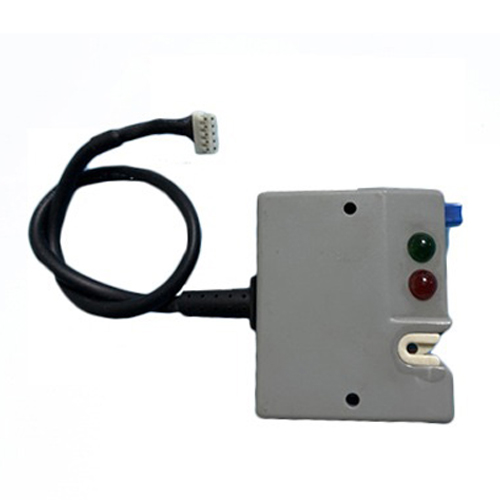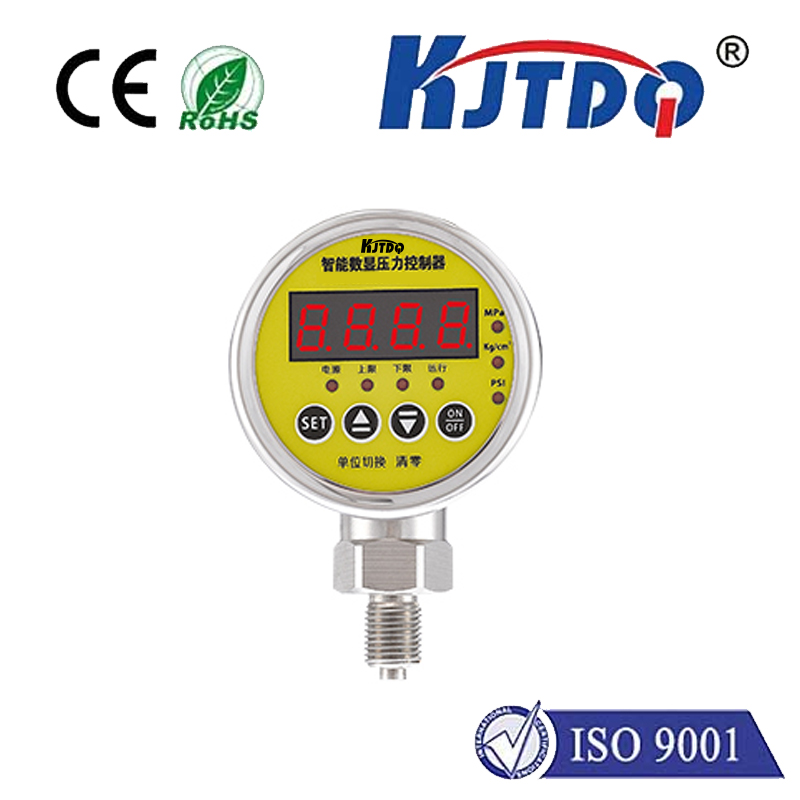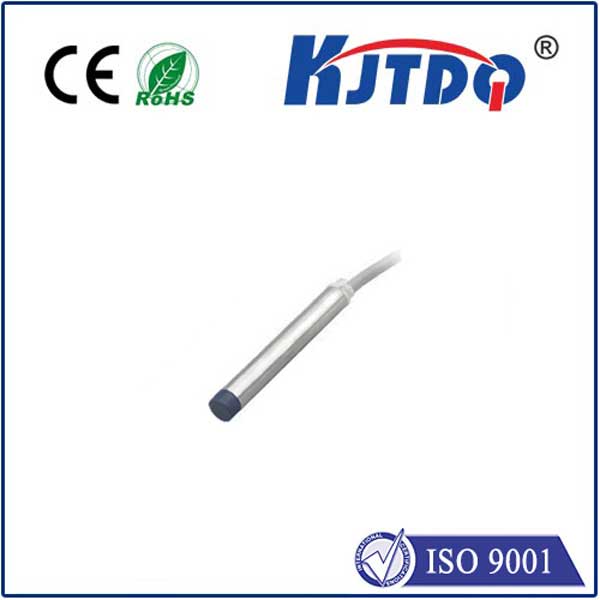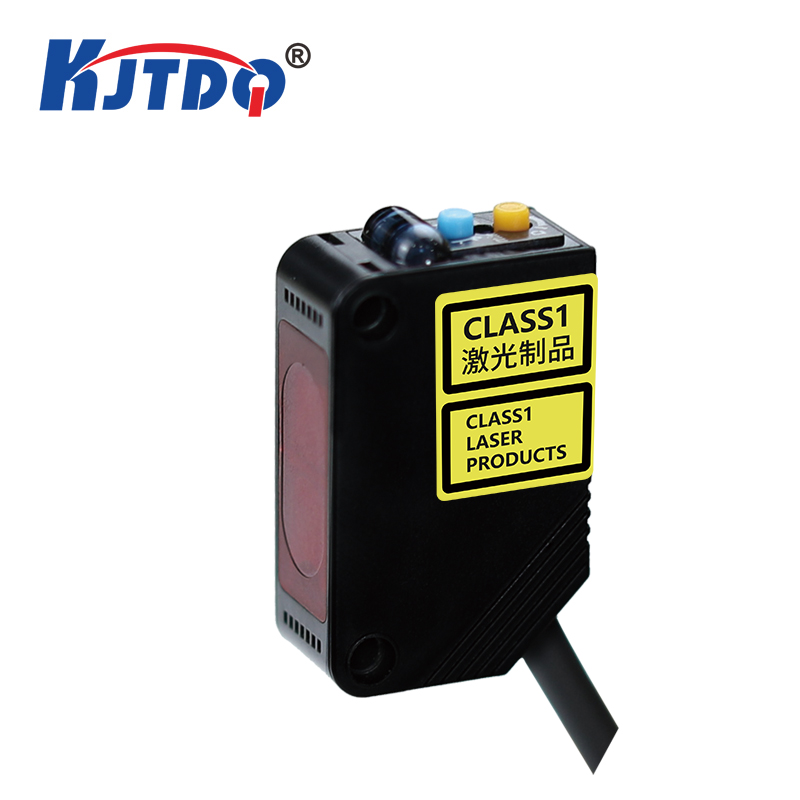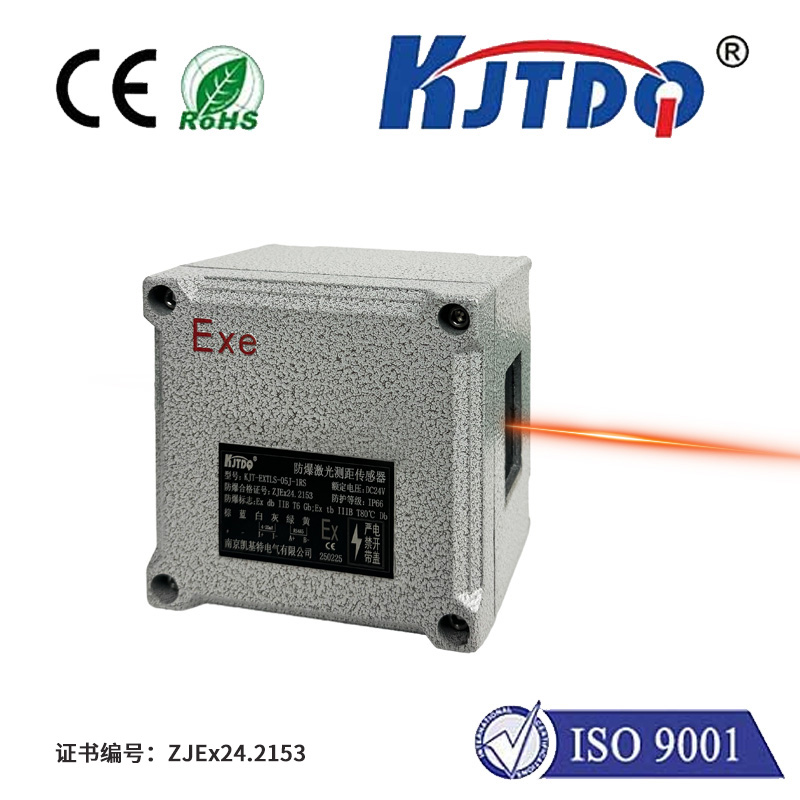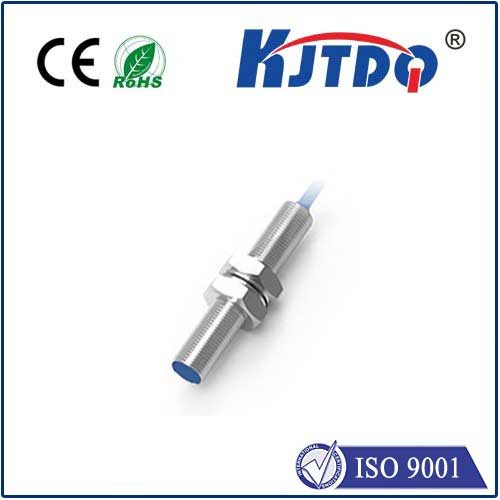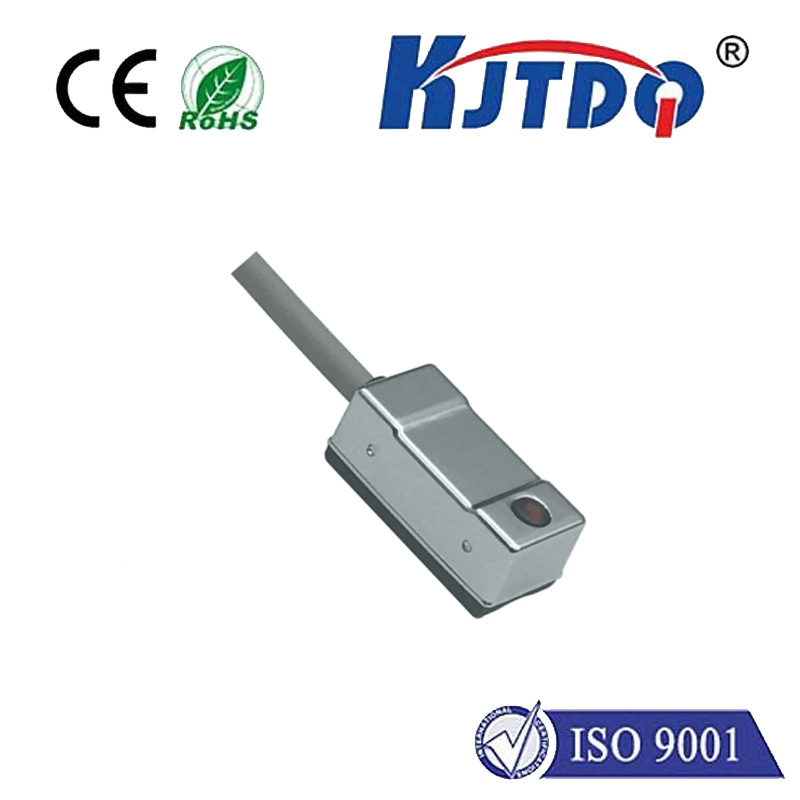BES00JW high pressure proximity sensor
- time:2025-09-30 22:08:58
- Click:0
BES00JW High Pressure Proximity Sensor: Engineered for Demanding Industrial Environments
Imagine a massive hydraulic press relentlessly shaping metal, a high-pressure injection molding machine spitting out precision parts, or deep within the intricate arteries of a petrochemical plant. These arenas are defined by immense force, unforgiving conditions, and the critical need for reliable data. Sensing proximity – detecting the presence or position of objects – in such high-pressure zones is a formidable challenge. Standard sensors falter; precision wavers. This is the domain where the BES00JW High Pressure Proximity Sensor proves its mettle, offering robust, dependable performance where others simply cannot.
Understanding the Core Challenge: Proximity Sensing Under Pressure
Proximity sensors are fundamental workhorses in automation. They detect the presence, absence, or position of metallic objects without physical contact, typically using inductive principles. However, standard inductive sensors have a critical limitation: their housing may not be designed to withstand sustained, elevated pressure. When deployed in environments like hydraulic systems, pneumatic cylinders operating at high PSI/Bar, die casting machines, or oil & gas equipment, the ambient pressure surrounding the sensor itself can cause significant problems. Even IP68-rated sensors, impervious to dust and water immersion, can fail catastrophically if their internal cavity isn’t pressure-compensated. High pressure can distort sensor housings, damage internal electronics, cause false triggering, or lead to complete failure. Reliability and longevity become paramount concerns.
Enter the BES00JW: Built to Withstand the Crush

The BES00JW High Pressure Proximity Sensor is specifically engineered to overcome these limitations. It represents a solution designed from the ground up to deliver stable, accurate proximity sensing capabilities even when submerged in or exposed to high-pressure fluids and gases. Its defining characteristic is its exceptional pressure resistance, a feature meticulously integrated into its design.
Here’s what sets the BES00JW apart:
- Robust Pressure Housing: Unlike standard sensors, the BES00JW incorporates a housing specifically designed to withstand significant external pressure. This involves careful material selection, reinforced structural design, and often specialized sealing techniques. This robust construction prevents implosion or deformation under high hydrostatic pressure.
- Pressure Compensation: Many high-pressure proximity sensors, including the design lineage of the BES00JW, utilize a clever pressure-compensation mechanism. This typically involves an internal membrane or bladder system that allows the internal pressure of the sensor to equalize with the surrounding external pressure. This compensation neutralizes the crushing force differential, protecting the sensitive electronic components inside. This is the key technology ensuring stable operation in pressurized environments.
- Reliable Sensing Performance: Despite its tough exterior, the BES00JW maintains the core function flawlessly. Utilizing a ruggedized inductive sensing element, it delivers consistent and accurate detection of ferrous (or sometimes non-ferrous, depending on variant) targets. Its switching characteristics (operating distance, hysteresis) remain stable, unaffected by the challenging ambient conditions.
- Enhanced Durability: Built for harsh industrial settings, the BES00JW typically features high resistance to shock and vibration. Materials are chosen for corrosion resistance, often stainless steel sensing faces and nickel-plated brass or stainless steel housings. Coupled with high IP ratings (like IP68, IP69K), it offers superior protection against fluids, washdowns, and particulate ingress – making it suitable not just for high pressure, but for demanding environments overall.
- Standardized Mounting & Electrical Interfaces: To ensure easy integration into existing machinery, the BES00JW adheres to common industrial form factors and mounting styles (e.g., M8, M12, M18 threaded barrels). It also offers standard electrical interfaces like PNP or NPN switching outputs, and often choice of voltages (10-30V DC), allowing seamless replacement or installation within standard control systems.
Where the BES00JW Truly Shines: Key Applications
The BES00JW High Pressure Proximity Sensor isn’t a niche product; it’s essential wherever proximity sensing and high pressure coexist. Key application areas include:
- Hydraulic Systems: Monitoring cylinder positions, detecting piston end positions even within the pressurized fluid chamber, controlling valve spools, confirming clamp positions on presses. Reliability here prevents costly damage and downtime.
- High-Pressure Pneumatic Systems: Similar to hydraulics, used in cylinders and actuators operating at elevated pressures where standard sensors would fail.
- Die Casting & Injection Molding Machines: Sensing mold closure positions, ejector plate movements, and core pulls within machines generating immense clamping forces and internal pressures.
- Oil & Gas Production: Subsea equipment, wellhead controls, pipeline monitoring systems – environments characterized by extreme pressures and harsh conditions where robust sensing is non-negotiable for safety and operation.
- Chemical Processing: Monitoring valves, agitators, and pumps handling aggressive fluids under pressure.
- Test Stands & Pressure Vessels: Equipment used for testing components under high pressure often requires internal sensors like the BES00JW to monitor movements or positions reliably.
Why Choosing the Right High Pressure Sensor Matters: Beyond Specifications
Selecting a proximity sensor like the BES00JW isn’t just about ticking a box for pressure rating. It’s about ensuring operational integrity, safety, and minimizing total cost of ownership.
- Preventing Costly Failures: Sensor failure within a high-pressure system can lead to unplanned downtime, damage to machinery, and potential safety hazards. The BES00JW’s robust design minimizes this risk.
- Maintaining Process Accuracy: Consistent, drift-free sensing ensures processes run as intended. This is critical for quality control, cycle times, and overall equipment effectiveness (OEE).
- Reducing Maintenance: Frequent sensor replacements in hard-to-access locations are expensive and time-consuming. The durability of the BES00JW translates to longer service intervals and reduced maintenance overheads.
- Safety Assurance: In critical processes involving high energy fluids or gases, reliable sensing is often integral to safety interlocks and control sequences. A failing sensor can compromise safety systems.
Conclusion: An Investment in Reliability
Operating on the front lines of industrial intensity demands tools engineered for the challenge. The BES00JW High Pressure Proximity Sensor stands as a testament to this principle. It transcends the limitations of standard sensors by integrating specialized pressure-resistant design and compensation technology. For engineers and maintenance professionals grappling with the demanding interplay of proximity sensing and extreme pressure environments, the BES00JW offers a robust, dependable, and proven solution, safeguarding processes, enhancing productivity, and delivering long-term value where pressure is part of the daily equation. Its presence is an assurance of stability in the most relentless operating conditions.








